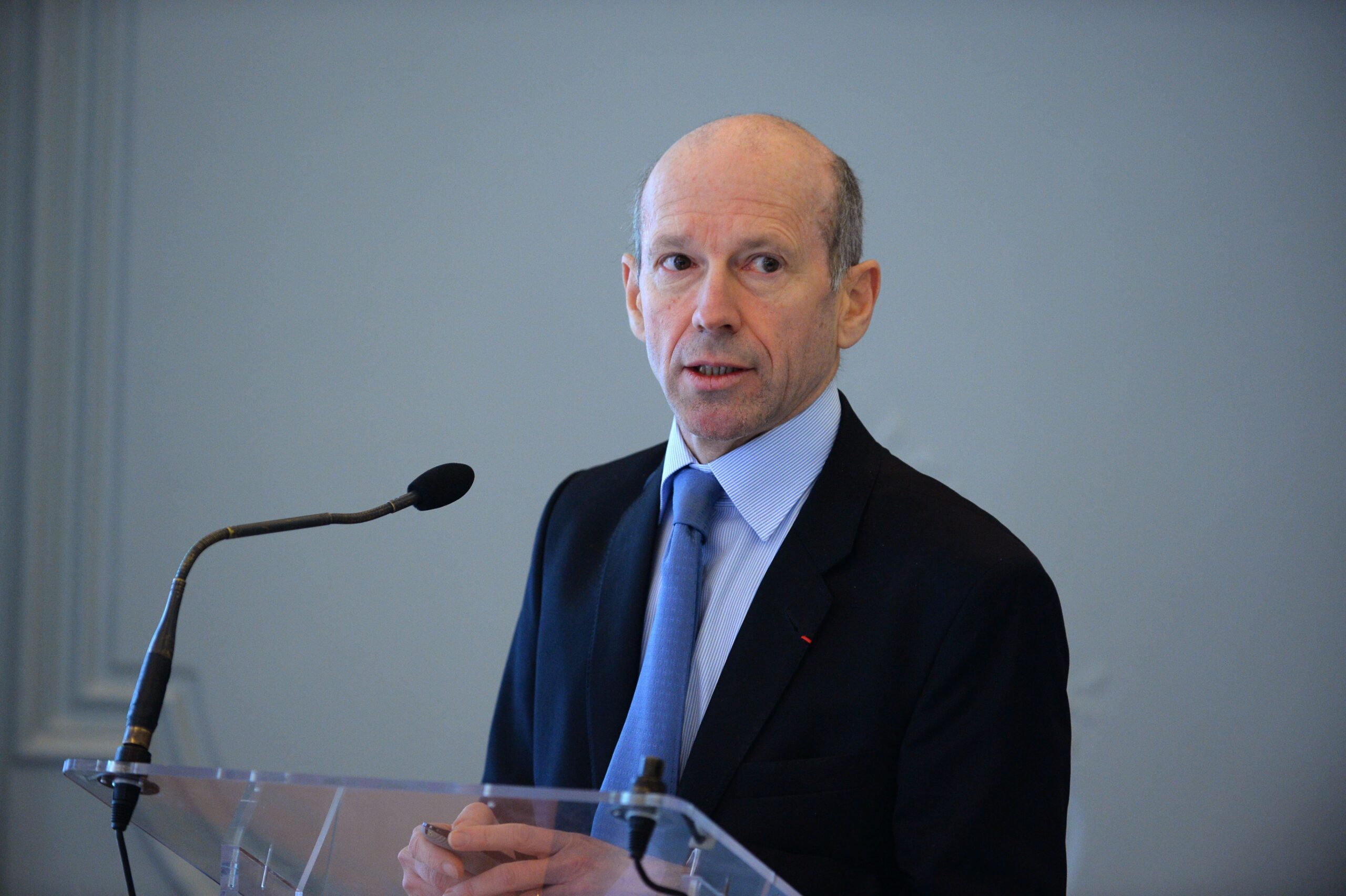
CinCor’s hypertension candidate flops a PhII test but plans to charge ahead with pivotal study
Toward the end of summer, Massachusetts-based CinCor Pharma was riding high with a $225 million raise, touting a positive data readout. But a closer look under the hood has revealed a few hiccups in its Phase II.
CinCor on Monday unveiled topline results from its Phase II trial, dubbed HALO, evaluating baxdrostat in patients with uncontrolled hypertension who are taking up to two blood pressure medications. The trial whiffed on its primary endpoint of evaluating change from the “baseline in mean seated” systolic blood pressure (SBP) in the intent-to-treat population in all dosage levels.
Unlock this article instantly by becoming a free subscriber.
You’ll get access to free articles each month, plus you can customize what newsletters get delivered to your inbox each week, including breaking news.